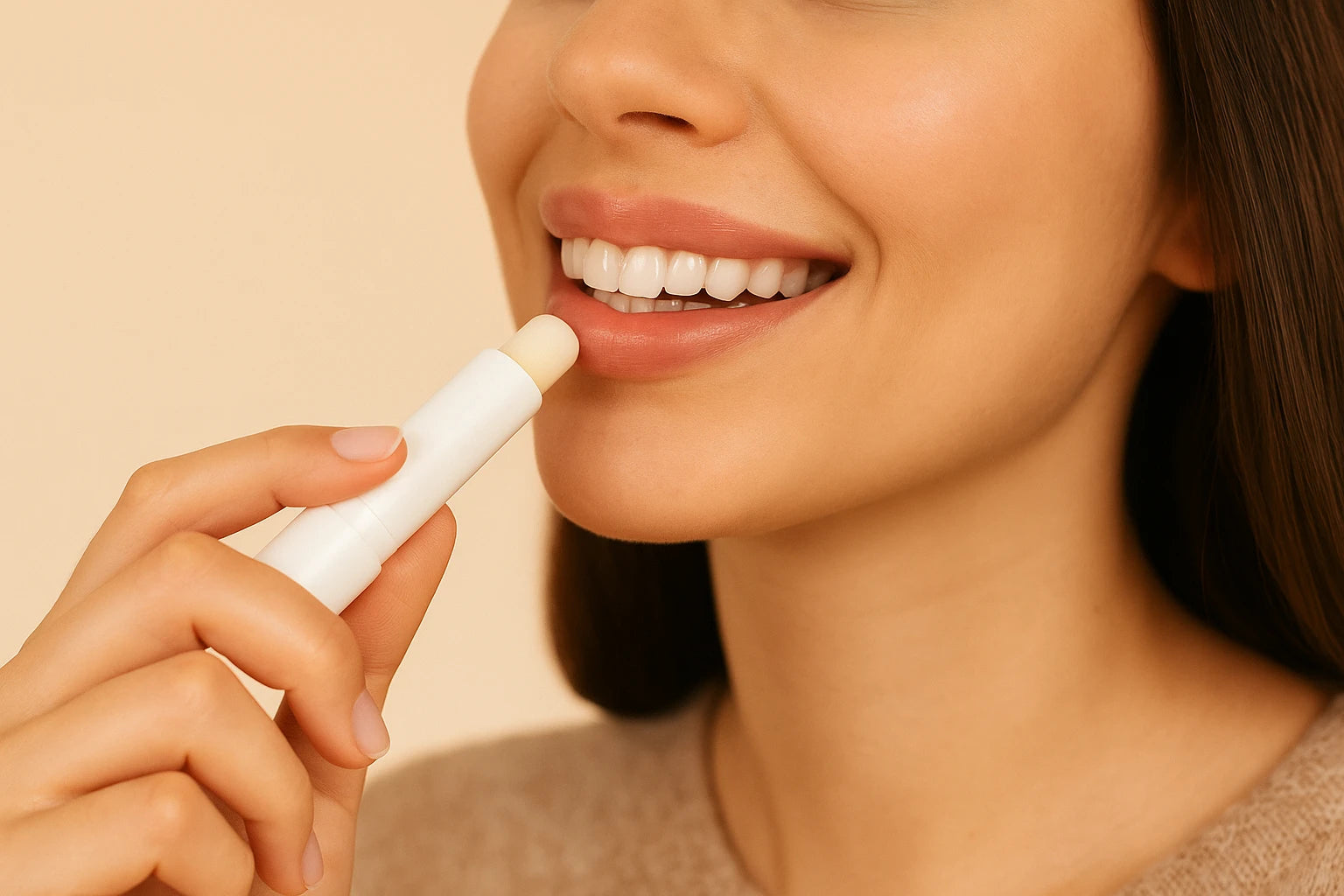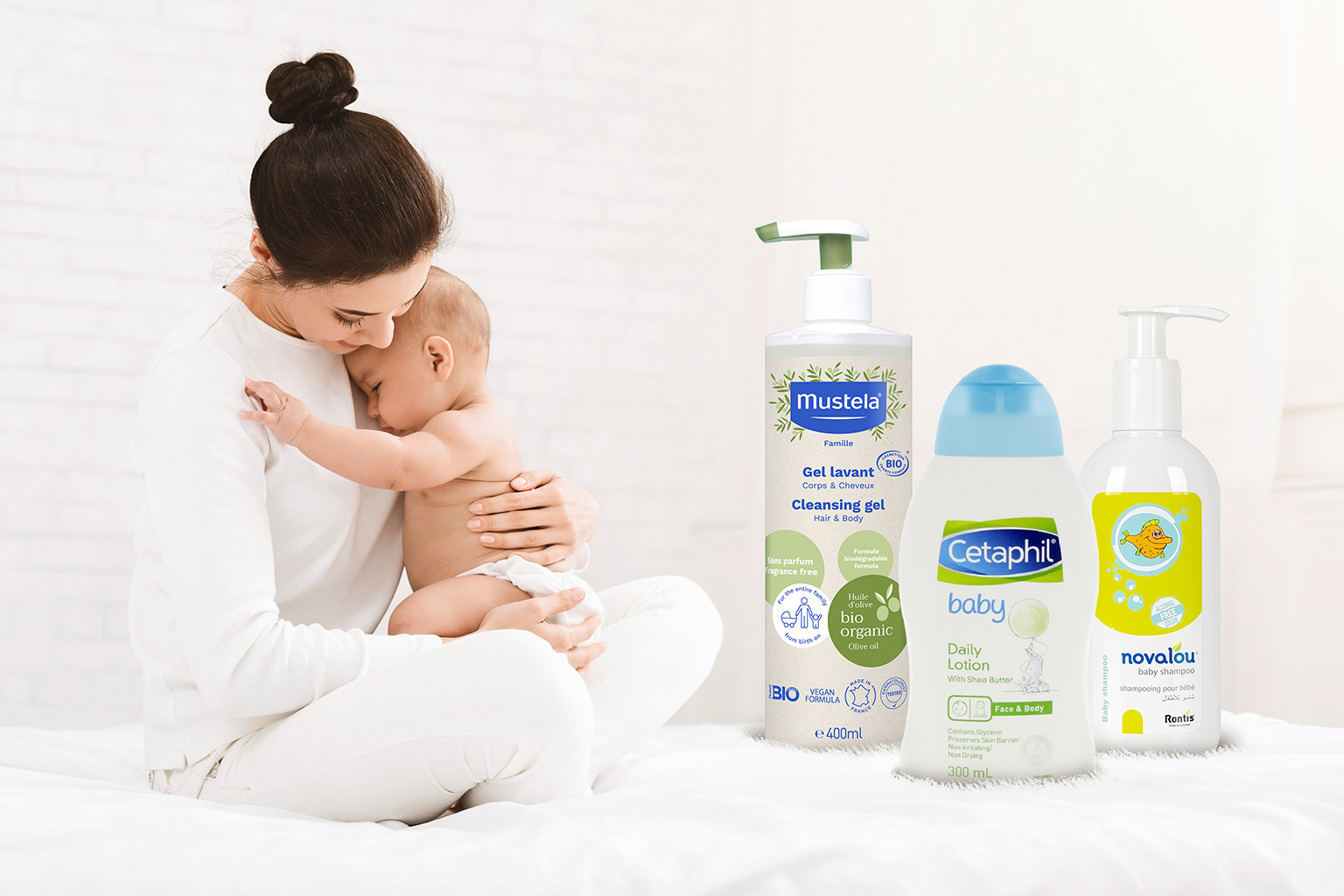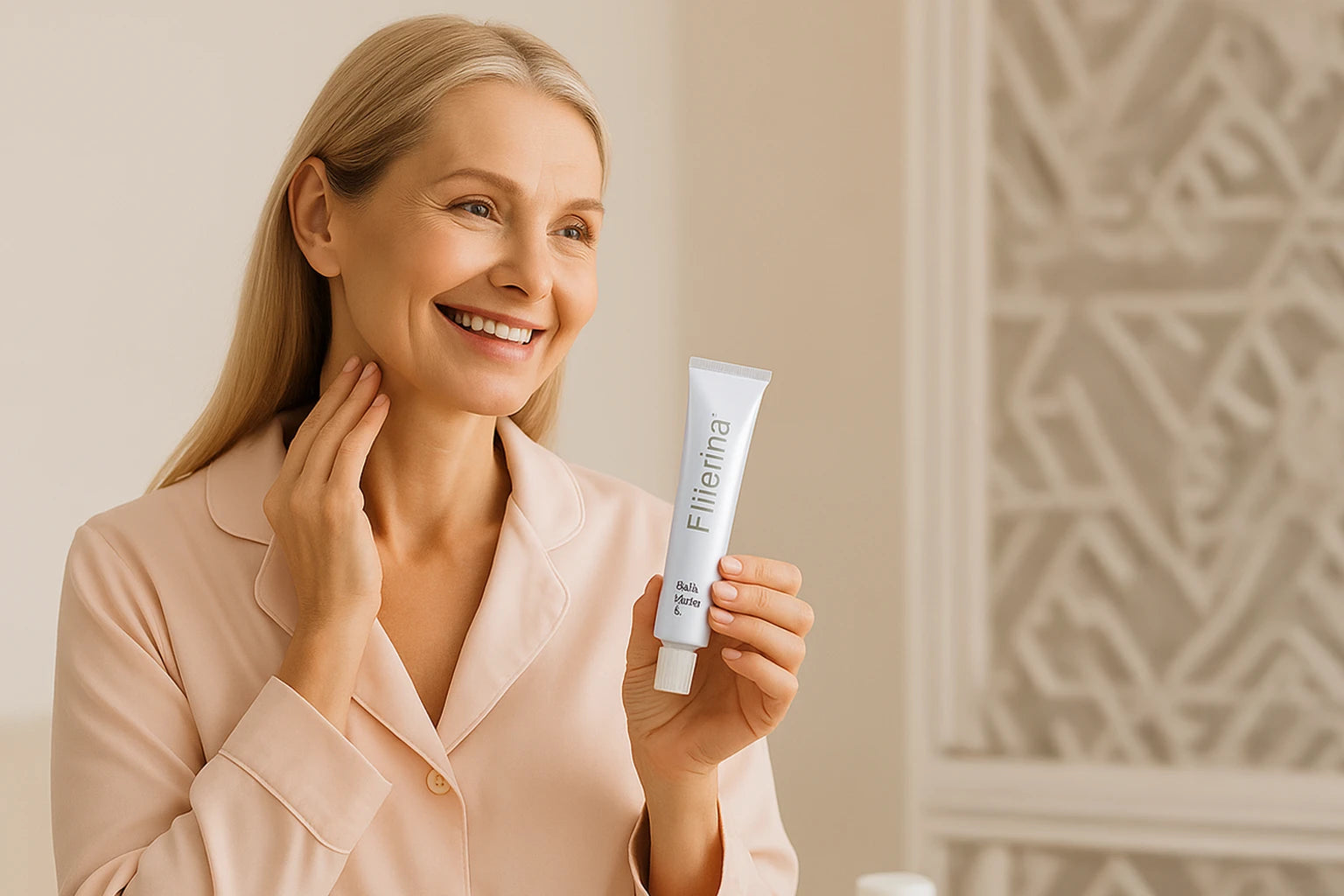Content
- Introduction
- What is Fucidin?
- Indications for Using Fucidin Cream
- Most Common Types of Fucidin
- How to Use Fucidin Cream
- Additional Tips When Using Fucidin
- Frequently Asked Questions About Fucidin
- Conclusion
Introduction
Skin infections are among the most common problems affecting both the health and appearance of the skin, often causing discomfort and irritation.
One of the most effective treatments available for bacterial skin infections — which you may have heard of or even used — is Fucidin.
What is Fucidin?
Fucidin is a topical antibiotic that contains the active ingredient fusidic acid. It works by killing the bacteria that cause infections. The medication inhibits protein synthesis within bacterial cells, preventing their growth and replication, which helps eliminate the infection and relieve redness and irritation.
There is also a type of Fucidin called Fucidin H Cream, which contains an additional active ingredient — hydrocortisone — that helps reduce inflammation, swelling, and itching in cases of severe infection.
Indications for Using Fucidin Cream
Fucidin is used in the following cases:
- Boils and abscesses by killing bacteria and preventing their spread.
- Accelerating the healing of wounds and scratches.
- Treating skin infections caused by shaving.
- Some cases of acne.
- Treating skin rashes.
- Treating burns and post-laser irritation.
The Most Common Types of Fucidin
- Fucidin Red Cream: An antibiotic used to treat bacterial skin infections.
- Fucidin Orange Ointment: An antibiotic with a more oily base, suitable for dry or rough areas of the skin.
- Fucidin H Cream: Combines an antibiotic and cortisone to relieve severe inflammation and symptoms associated with infection.
How to Use Fucidin
Fucidin should be used as directed by your doctor.
In most cases, it is applied three to four times daily to the affected area.
Additional Tips When Using Fucidin
- Do not use Fucidin for longer than prescribed, especially types containing cortisone.
- Inform your doctor if you are pregnant, breastfeeding, or have any skin conditions.
- Ensure you are not allergic to fusidic acid or any other ingredient.
- Wash your hands before and after applying the cream.
- Avoid applying it to large areas of skin.
- Do not cover the treated area with a bandage unless instructed by your doctor.
- Avoid contact with the eyes or nose; if this occurs, rinse immediately with water.
- Complete the full course of treatment as prescribed — do not stop early or extend use without medical advice.
Frequently Asked Questions About Fucidin
Is Fucidin safe for children?
Fucidin H Cream (which contains cortisone) is not recommended for children. Other types of Fucidin may be used under medical supervision for severe skin infections.
Does Fucidin treat acne?
Yes, Fucidin can be used in some cases of acne because fusidic acid kills the bacteria that cause infection and prevents their spread. However, Fucidin H Cream is not suitable for acne, as the cortisone it contains may worsen acne or cause skin irritation.
Conclusion
Fucidin is one of the most effective topical antibiotics for treating skin infections. Although it is easy to use and available in several formulations to suit different conditions, it’s essential to follow your doctor’s instructions carefully to ensure the best results and avoid side effects.
Always adhere to the prescribed dosage and treatment duration — and never use it without medical supervision.




